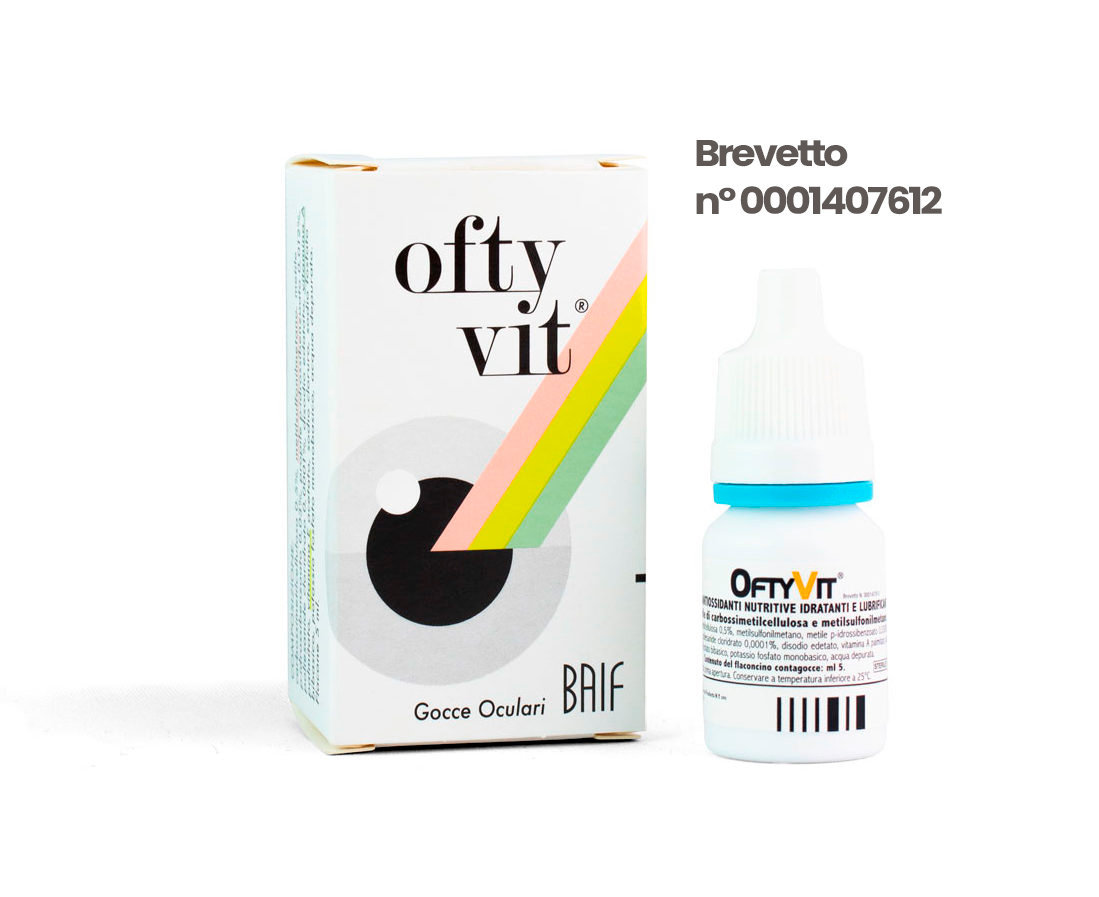MSM
It is a compound found in nature, it is in fact part of the terrestrial cycle of sulfur. In the oceans, algae and various forms of plankton absorb large quantities of sulfur from the water and transform them into an elemental form, with organic bonds.
When these algae and planktonic organisms die, their organic molecules are decomposed by enzymatic processes that generate DMS, or dimethyl sulfide, a volatile and scarcely water-soluble compound. This is collected in the stratosphere, where, by the action of ultraviolet rays, it is oxidized and transformed first into DMSO (dimethylsulfoxide), then into MSM (methyl-sulfonyl-methane).
In synthesis we can state that it represents the form of biologically active sulfur, in practice the organic sulfur in its natural form as found in the sea, in the soil and in the atmosphere. It is the most suitable form of sulfur for the mineral food integration. Its properties can be specified as follows:
Nutrient properties of ocular tissues
Ocular tissues, like all the tissues of the human body, need a contribution of sulfur for the biosynthetic processes of sulfur amino acids (methionine, cysteine – taurine, cystine) essential for the biosynthesis of proteins, constituents of connective tissue and cellular membrane.
All the cells are surrounded by membranes consisting of two opposing layers of molecular chains, consisting on one side of chains of fatty acids, on the other side of chains of sulfur proteins, necessary for the transport of the various nutrients through the cell membrane itself. The MSM therefore has a double function: specific sulfured nutrient in itself (supplier of organic sulfur for the synthesis of sulfured amino acids) and promotes the transport of other nutrients within the cell.
Since the organic sulfur food intake is very low due to the drastic treatment of industrial processes (heat, sterilization, oxidation, addition of preservatives) to which many daily consumption foods are subjected, it is therefore necessary a supplementary contribution which, in the case of ocular tissues, is more rational by topical administration by instillation of nutrients in a suitable ophthalmic solution.
Antioxidant action:
Recently, the study of pathologies resulting from the action of free radicals has shown that thiol groups (-SH) of sulfured amino acids can protect, from the negative effects of oxidation, the protein chains of cell membranes and enzymes essential for the development of multiple cellular activities. MSM is an antioxidant able to modulate the action of free radicals, deactivating them when their production and activities become excessive.
Overcome the barrier formed by the corneal membrane and penetrate into the anterior chamber of the eye.
In fact, MSM improves the permeability of many cell membranes. This entails a better supply of nutrients and vitamins in the ocular tissues at the level of the single cells and increases the efficiency of the processes of elimination of toxic metabolites and excess fluids.
Discover products with MSM
OftyVit® Patent n. 0001407612
Moisturizing, lubricating, chelating and protective eye drops containing antioxidant and nourishing substances for ocular tissues.





